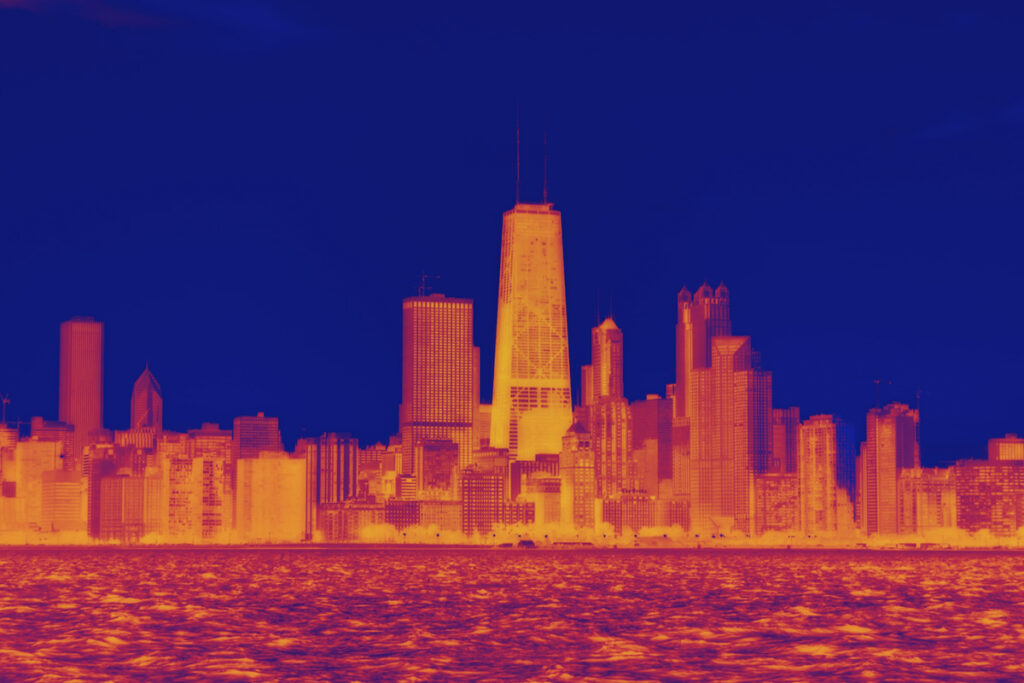EarthTalk®
From the Editors of E – The Environmental Magazine
Dear EarthTalk: Cities seem to be heating up fast more so than less urban areas. What can we do to keep them cool in the face of increasing global warming? — Paul Smith, Providence, RI

As global warming intensifies, cities worldwide are experiencing an accelerated rise in temperatures compared to less urban areas. This phenomenon, known as the urban heat island (UHI) effect, results from the concentration of buildings, roads and other infrastructure that absorb and re-emit heat more than natural landscapes. Addressing urban heat is crucial in the context of global warming to improve public health, reduce energy consumption and enhance the livability of urban environments.
One effective strategy is the implementation of green infrastructure. Urban green spaces, like parks and tree-lined streets, provide shade and cool the air through evapotranspiration, whereby heat is reduced as water evaporates from soil surfaces and transpires from plant leaves. Urban green spaces can significantly reduce the surrounding air temperature, offering a natural solution to urban heat.
Reflective and cool roofs are another strategy to mitigate urban heat. White roofs can reflect up to 90 percent of sunlight, significantly reducing the amount of heat absorbed by buildings. Several cities have successfully implemented white roofs, demonstrating their effectiveness in lowering urban temperatures. Cool roofs, made from lighter colored materials, offer another viable solution. These can be constructed from various materials, including reflective coatings, tiles and membranes. Implementing cool roofs helps reduce urban heat and contributes to energy savings by lowering the need for air conditioning.
Urban design and planning also play a key role in managing urban heat. Cool pavements, which include reflective and permeable materials, can greatly reduce heat absorption versus asphalt and concrete. Cities like Los Angeles have started using cool pavements, showing promising results. Other technological innovations offer advanced solutions for urban cooling. Smart shading systems, which adjust automatically based on the sun’s position, and other innovative technologies, can enhance the effectiveness of traditional methods. Urban climate modeling is another valuable tool that helps urban planners make informed decisions in implementing different heat mitigation strategies.
Globally, many cities have successfully implemented measures to combat urban heat. Singapore’s green roof initiative and Melbourne’s urban forest strategy have had significant impacts on local temperatures. Urban planners, policymakers and communities must adopt multi-faceted approaches and policies to create cooler, more resilient urban environments and protect the health and well-being of city dwellers.
CONTACTS: Cities are hotter than ever. Here are 5 things they can do about it, www.cnn.com/style/cities-heat-design-dfi/index.html; Keeping Your Cool, epa.gov/sites/default/files/2016-09/documents/heat_island_4-page_brochure_508_120413.pdf.
EarthTalk® is produced by Roddy Scheer & Doug Moss for the 501(c)3 nonprofit EarthTalk. See more at https://emagazine.com. To donate, visit https://earthtalk.org. Send questions to: question@earthtalk.org.
